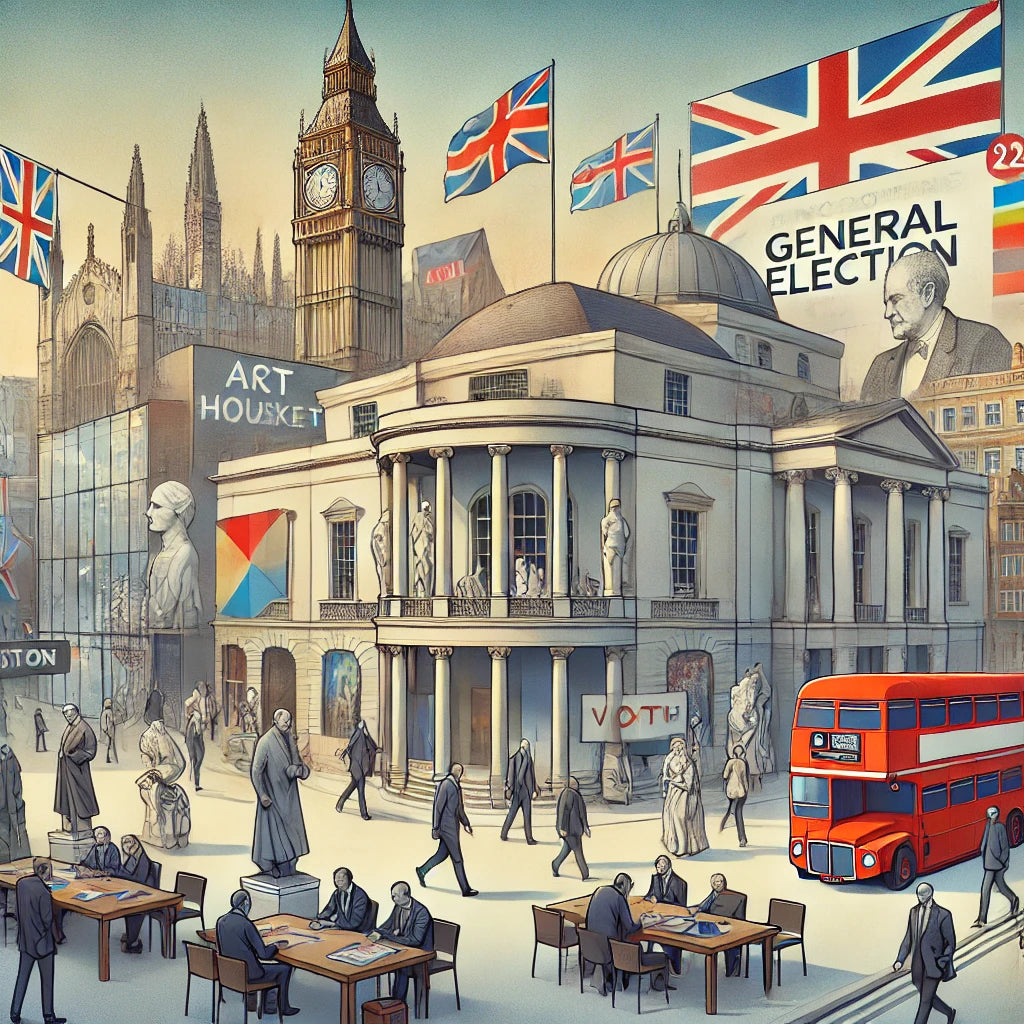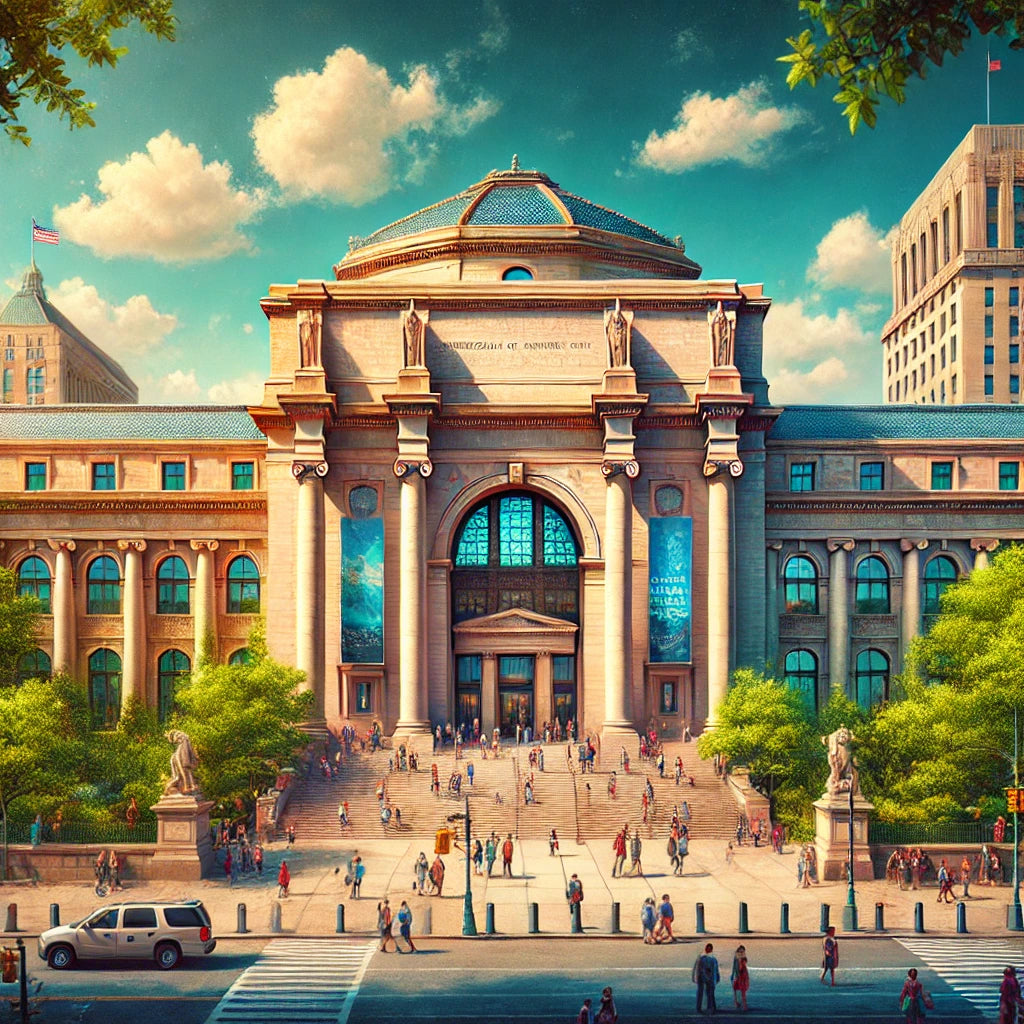When you think of artificial intelligence (AI), what comes to mind? You might think of Hollywood movies like Ex Machina or The Terminator. Or you might think of the voice-activated assistant on your smartphone. But did you know that AI is also changing the field of art history? In this blog post, we will explore how AI is changing art history. We will look at how AI is being used to catalog and analyze artwork, as well as how it is being used to create new art. So read on to learn more about how AI is changing the way we understand and appreciate art.
Art History
Artificial intelligence is changing the field of art history by providing new ways to analyze and interpret data. For example, AI can be used to identify patterns in works of art, helping art historians to better understand the development of styles and genres over time. Additionally, AI can be used to create digital models of historical sites and artifacts, which can be used for research or Virtual Reality applications. Finally, AI can be used to generate new works of art based on existing datasets, providing a new tool for artists and art historians to explore.
Artificial Intelligence
Artificial intelligence is already having a profound impact on art history. As machines become increasingly sophisticated, they are able to do more and more tasks that were once thought to require human intelligence, including things like identifying patterns and making predictions.
This is leading to a new era of machine-assisted art history, in which computers help scholars to find and analyze data more quickly and effectively than ever before. In some cases, artificial intelligence is even being used to create new works of art.
For example, an AI system called “AIConv” has been used to generate realistic portraits of people who never actually existed. This technology could be used to create historical portraits of people who are difficult to find information about, or to generate completely fictional characters for works of fiction.
AI is also being used to help restore damaged or lost works of art. For instance, a project called “Inpainting” uses AI algorithms to fill in missing pixels in digital images, effectively restoring them to their original state.
These are just a few examples of how artificial intelligence is changing the field of art history. As AI technology continues to develop, it is likely that we will see even more amazing applications in the future.
How Is Artificial Intelligence Changing Art History?
Artificial intelligence is playing an increasingly important role in art history. As AI technology continues to develop, it is providing new ways for historians to study and interpret works of art.
One area where AI is having a major impact is in the field of image recognition. By using algorithms to analyze images, AI can help identify patterns and trends that would be difficult for humans to discern. This has led to new insights into the history of art, as well as the discovery of previously unknown works of art.
AI is also being used to create new works of art. Using Generative Adversarial Networks (GANs), AI can generate realistic images based on a set of parameters provided by the artist. This opens up new possibilities for artistic expression, as well as provides a new tool for historians to use when studying the development of art styles.
Finally, AI is being used to help restore damaged or lost works of art. By using algorithms to fill in missing pixels, AI can effectively “repair” digital images, making them whole again.
These are just a few examples of how AI is changing art history. As AI technology continues to develop, we can expect to see even more amazing applications in the future.
Artificial intelligence is playing an increasingly important role in art history. As AI technology continues to develop, it is providing new ways for historians to study and interpret works of art. One area where AI is having a major impact is in the field of image recognition. By using algorithms to analyze images, AI can help identify patterns and trends that would be difficult for humans to discern.
This has led to new insights into the history of art, as well as the discovery of previously unknown works of art. AI is also being used to create new works of art. Using Generative Adversarial Networks (GANs), AI can generate realistic images based on a set of parameters provided by the artist.
This opens up new possibilities for artistic expression, as well as provides a new tool for historians to use when studying the development of art styles. Finally, AI is being used to help restore damaged or lost works of art. By using algorithms to fill in missing pixels, AI can effectively “repair” digital images, making them whole again.
These are just a few examples of how AI is changing art history. As AI technology continues to develop, we can expect to see even more amazing applications in the future.
Technology has always had an impact on art history, from the invention of the printing press to the development of photography. Today, artificial intelligence is changing the field in both big and small ways.
On the macro level, AI is providing new ways for us to study and understand art history. For example, IBM’s Watson computer was used to analyze a 17th-century painting by Rembrandt. By looking at thousands of other paintings, Watson was able to identify Rembrandt’s style and make suggestions about his techniques.
Similarly, AI is being used to create virtual museums where users can explore works of art from all over the world without ever leaving their homes. Google’s Arts & Culture app, for example, uses machine learning algorithms to group together similar works of art and allow users to take virtual tours of museum collections.
On a more micro level, AI is also having an impact on how we appreciate and interact with individual works of art. For instance, there’s now an app called “Aipoly Vision” that can help blind or visually impaired people “see” works of art using artificial intelligence. The app identifies objects in a painting and describes them out loud, giving users a new way to experience visual artwork.
In the future, it’s likely that AI will continue to shape both how we study art history and how we experience works of art. As technology advances, we’ll find new and innovative ways to use AI in the field – ways that
a way for artists to create works that are impossible to create by hand.
As AI technology continues to evolve, it will likely have an even greater impact on art history. Already, AI is providing new ways for historians to study and interpret works of art, as well as creating new opportunities for artistic expression.
References:







